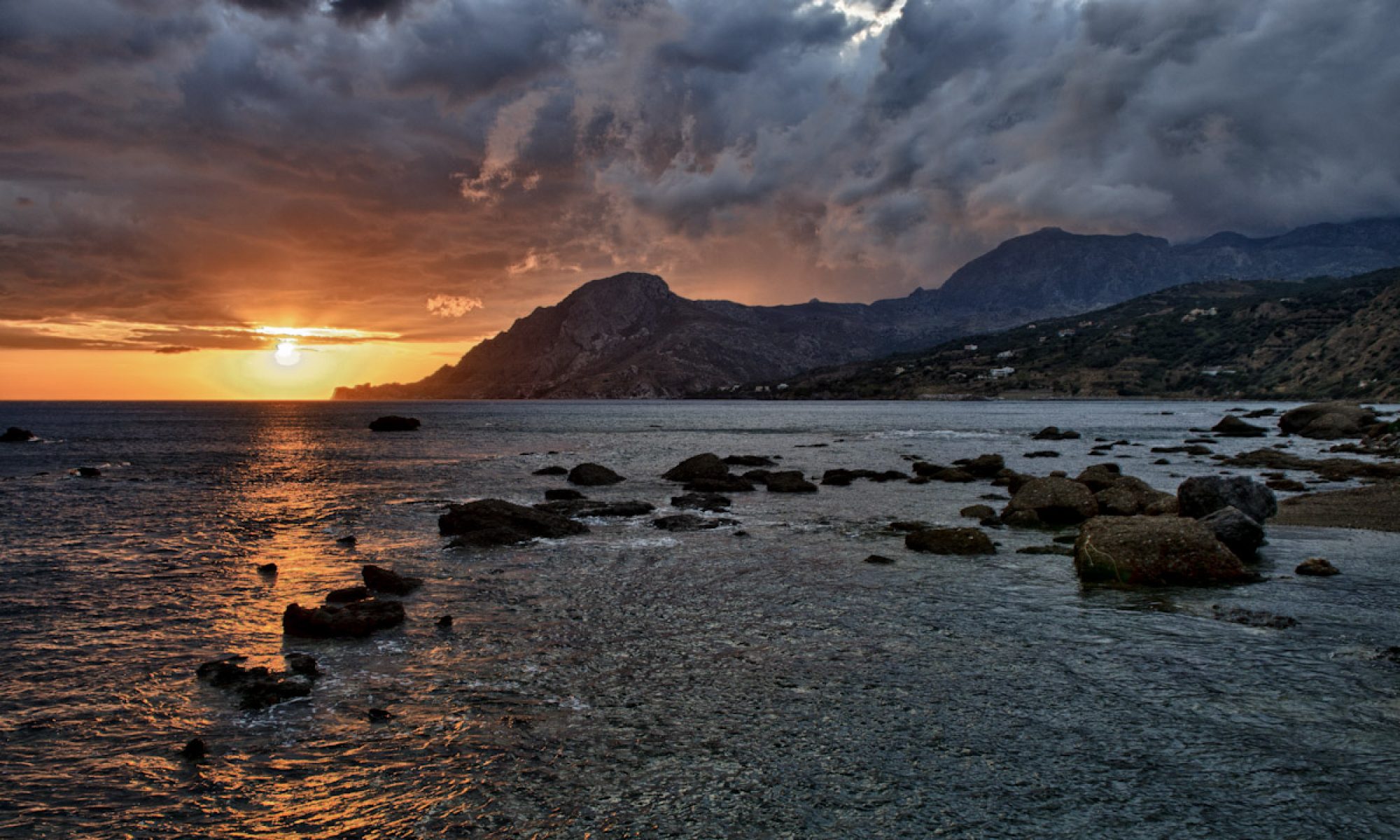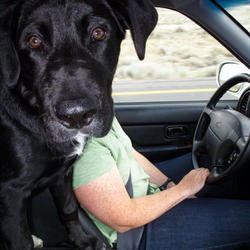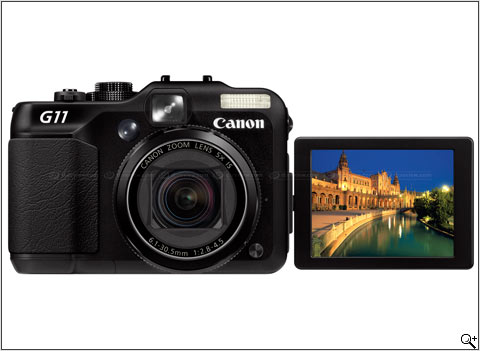A couple of weeks ago I went back East to attend Webb & Liz’s wedding in Greenfield, Mass. Webb and I have been friends forever, and I wanted to have some images from the event that I was happy with. I decided to bring along my SLR instead of just my G10 so that I could have more control over the images.
After deciding on the SLR, the next decision was what lens to bring. While I wanted the SLR, I didn’t like the prospect of having a big honking lens (or worse: multiple lenses!). After all, I wanted to enjoy the event as well, I didn’t just want to photograph it. So I brought along the 20mm f/2.8 lens. This would allow me to reduce the overall bulk of the camera as well as better capture low-light situations.
Next, I opted not to bring an external flash, instead relying on the built-in flash of my D300. I don’t often use this flash, but it is a great option for when you want it. In this case, I only used the flash on the night-before events which took place in a really dark bowling alley.
I decided before-hand that I wanted to have black & white images for this event, so I set up my camera to “shoot” in black and white. Actually, I shoot in RAW mode, meaning that all of the image capture is stored in an unprocessed state, allowing all sorts of fine tuning during ‘processing.’ So what I did was set my camera to black and white shooting mode, so that the rear panel would show the image to me in black and white, even though it was really a full-color image that I was storing. This gave me the best of both worlds. By doing so I was able to preview what the image would look like in black and white, while still capturing the raw data, to allow me to do as I please when I generate the image.
Once back at my laptop, I transferred the raw files to Lightroom and applied some basic settings to process the raw files into black and white images. I have several presets that I have downloaded from across the web that apply different kinds of settings – and in this case, I used some basic ‘film emulators’ settings to re-create the typical settings for a film like Tri-x, a film I’m used to shooting with. With these settings in place, I then made common adjustments (lights, darks, contrast, etc.,).
Overall, I’m pretty happy with the outcome. I think the images look decent on screen (especially considering the varying lighting conditions – from a neutral walk around town to a dark bowling alley (with flash) to a challenging-ly lit reception area to an overly-bright outdoor scene). I was also trying to achieve multiple looks in the images – like blurring the dancing scenes to convey the sense of motion. Some of these turned out OK but this is an effect that I wasn’t thrilled with this time…
There’s so much possible with digital processing – it’s a lot to get one’s hands around, but I definitely feel like I’m improving over these past few years.




